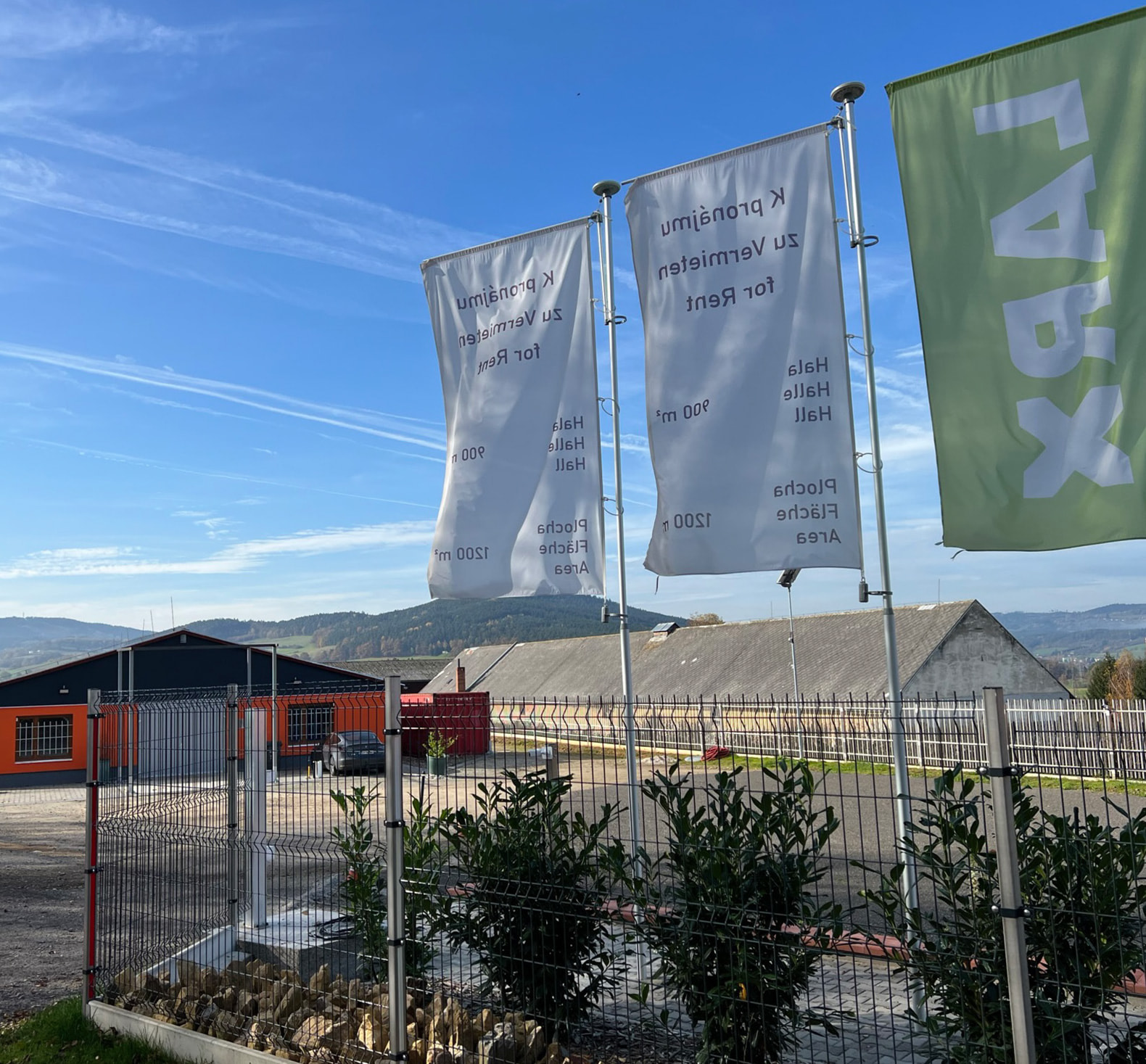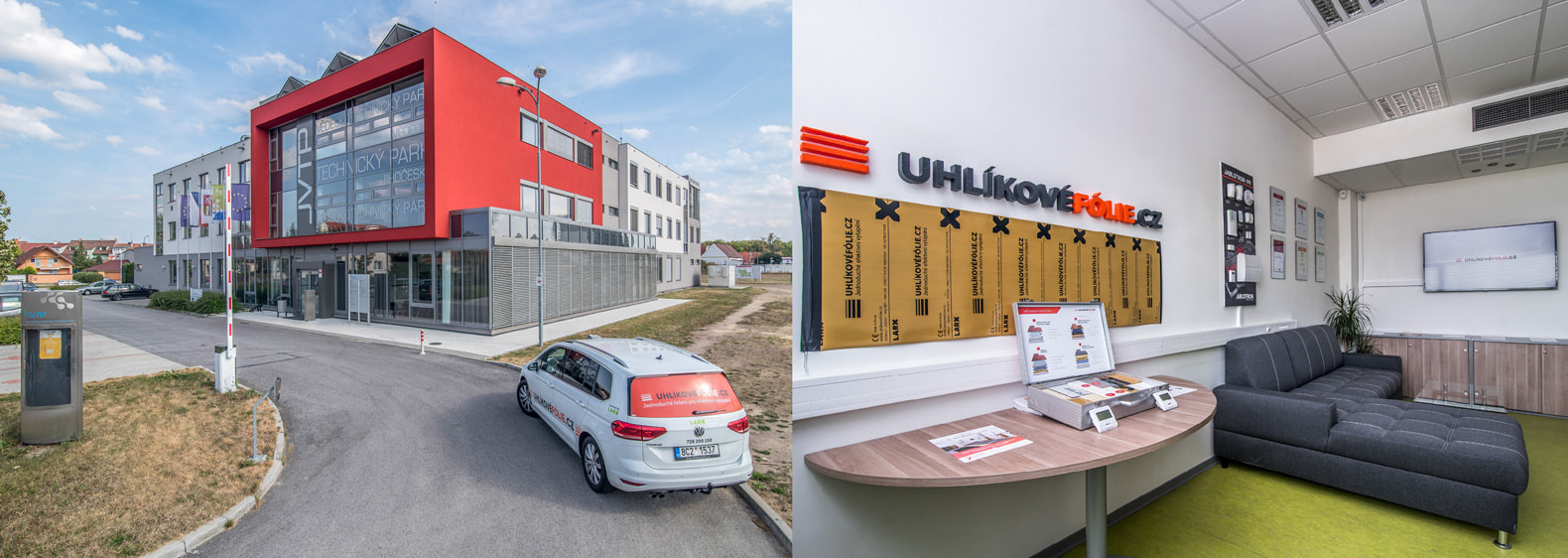As the owner of the electrical installation company ELVOREV s.r.o., I can confirm the excellent cooperation with the technical support, affordability, and speed of deliveries from LARX s.r.o. We have been installing LARX heating film for the fifth year now without a single complaint and with maximum customer satisfaction. For us and our customers, the biggest advantage of installing LARX heating film is the so-called dry process, low floor profile, and the simple and quick installation method. Our largest customer, where we install LARX heating film, is a manufacturer of passive modular homes. We have also completed installations of LARX heating film in family houses, attic extensions of apartment buildings, and apartment units. I can warmly recommend LARX heating film.
Zdeněk Pávek, Owner of ELVOREV s.r.o.
We approached LARX to test new floor heating technology for our projects. This electric heating technology has proven itself to be very effective, and we decided to establish a long-term cooperation with LARX, installing this system for more than 5 years now. Our colleagues on construction sites especially appreciate the simple and quick installation. The experienced technicians from LARX have an individual approach and willingness to help us. The delivery speed to the site is around 48 hours. Clients mostly appreciate the ease of use and energy savings of the heating system. For us, as a medium-sized developer in Prague, annually renovating 100 apartments, the greatest advantage of the LARX heating system is the installation efficiency and low investment costs.
Ing. Aldar Tsybyktarov, Owner of NOVA ET VETERA, s.r.o.
As the electrical manager of Byty Achát s.r.o., I chose carbon film and heating mats from Larx for apartment construction in Janov nad Nisou in the Jizera Mountains after careful selection. The comprehensiveness of the offer and price were decisive in my selection. After contacting Larx, the order was completed without problems, including the delivery of materials to the construction site. Another advantage turned out to be easy installation. I can now say that reliability is also a benefit. We plan to use Larx products for future projects.
Josef Hejbal, Electrical Manager of MESSNEROVÁ s.r.o.
During the renovation of the facilities for our employees in the manufacturing company, I discussed with the project manager, among other things, floor heating in the changing rooms and other facilities. The project manager tried to change my initial request from water floor heating to electric heating, recommending heating mats. I carefully studied the market options and consulted with several companies about the advantages of this heating over the standard one. In the end, I moved away from my original request and, as an investor, agreed to heat the floors in the changing rooms (including the social facilities) with electric heating mats. The communication, willingness, patience with a layperson, and friendliness in dealings suited me best with LARX, which confirmed their quality with professional and quick installation of the entire system. Regarding the price for the entire system, including installation and commissioning, I am completely satisfied; I received an unbeatable offer for this project. Importantly, not only am I satisfied, but above all, the employees who enjoy the warm floor every day are happy.
Ing. Pavel Gelnar, Owner of PROSTOR-design s.r.o.






